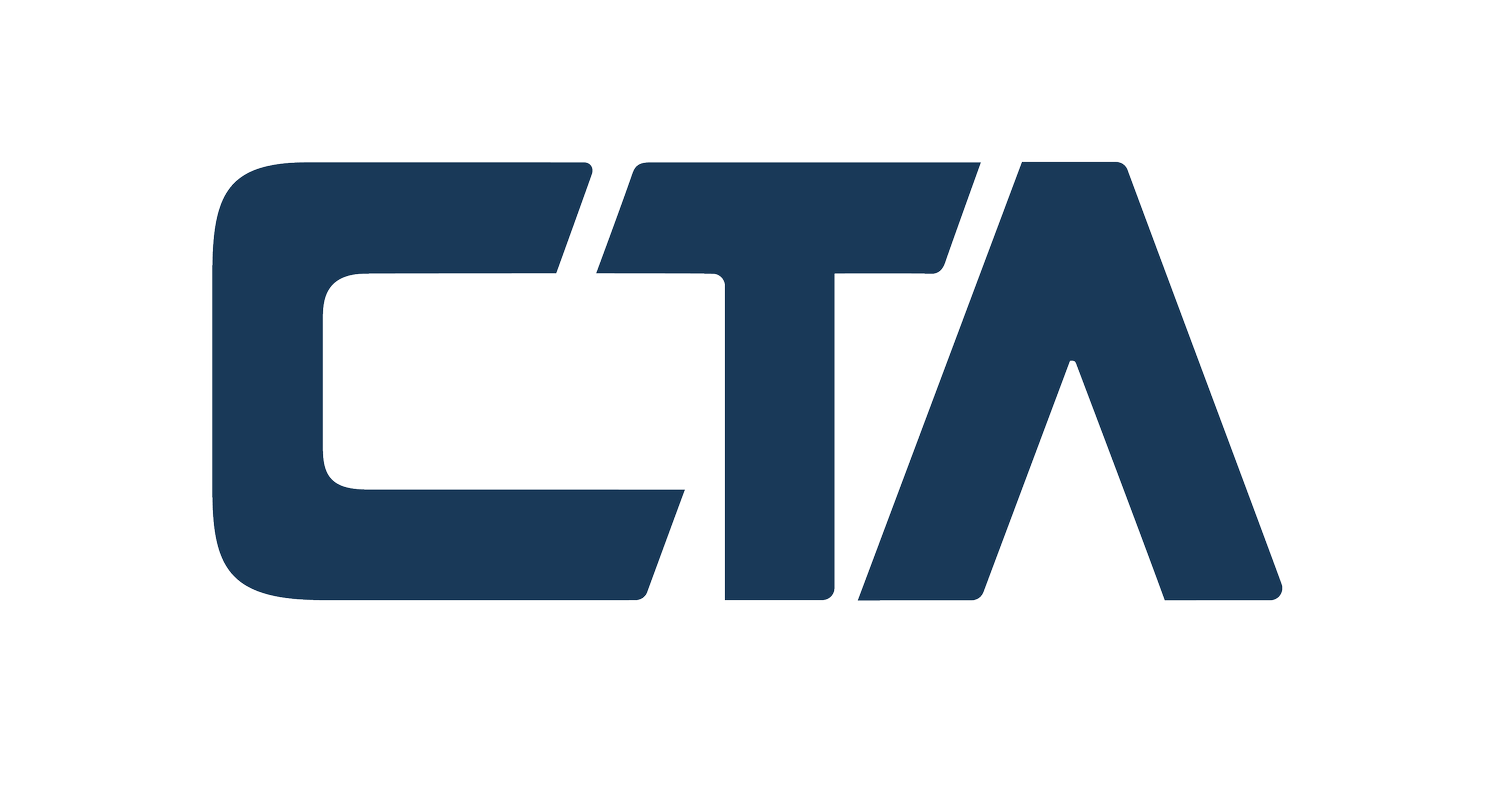In the competitive landscape of business finance, strategic tax planning is critical for maximizing resources and driving growth. Among the most effective tools available is accelerated depreciation, a method that allows businesses to deduct an asset’s cost more quickly in its early years compared to traditional straight-line depreciation. The benefits of accelerated depreciation—ranging from enhanced cash flow to significant tax savings—make it a cornerstone of financial optimization. When paired with cost segregation, a tax strategy that reclassifies property components for faster depreciation, these benefits are magnified, particularly for property owners. This article explores how the benefits of accelerated depreciation and its synergy with cost segregation can transform business finances, offering actionable strategies for leveraging these advantages.
How Accelerated Depreciation Boosts Cash Flow
A key advantage of accelerated depreciation is its ability to enhance cash flow. By allowing businesses to claim larger tax deductions in the initial years of an asset’s life, this method significantly reduces taxable income. The resulting decrease in tax liabilities frees up capital that can be redirected toward critical areas such as reinvestment in operations, debt repayment, or funding new initiatives. For instance, a manufacturing firm acquiring new machinery can use the tax savings to upgrade additional equipment or expand its workforce, driving operational efficiency and growth.

Tax Savings in the Short Term
Accelerated depreciation methods, such as the Modified Accelerated Cost Recovery System (MACRS) or the double-declining balance approach, enable businesses to maximize tax deductions early in an asset’s lifecycle. This is particularly advantageous for companies facing high tax burdens or those with substantial capital expenditures. The immediate tax savings act as a financial buffer, empowering businesses to pursue growth opportunities or navigate economic uncertainties with greater confidence. For example, a tech company investing in cutting-edge servers can leverage these savings to fund research and development, maintaining a competitive edge.
Reflecting True Asset Value
Many assets experience a rapid decline in value during their early years due to wear and tear or technological obsolescence. Accelerated depreciation aligns the depreciation expense with this actual decline, ensuring that financial statements accurately reflect the asset’s economic contribution. By matching expenses to the asset’s utility, businesses can present a more precise picture of their financial health, which supports informed decision-making and enhances the credibility of financial reporting.
Maximizing the Strategic Advantages of Accelerated Depreciation with Cost Segregation
Cost segregation is a complementary tax strategy that enhances the benefits of accelerated depreciation, particularly for commercial property owners. This approach involves reclassifying components of a property—such as lighting, flooring, or HVAC systems—from real property (typically depreciated over 39 years) to personal property or land improvements (depreciated over 5, 7, or 15 years). By applying accelerated depreciation to these shorter-lived assets, businesses can significantly increase their tax deductions in the early years of property ownership.
The synergy between cost segregation and accelerated depreciation lies in its ability to unlock substantial tax savings. A cost segregation study might reclassify 20-30% of a building’s cost to assets with shorter depreciation schedules, allowing businesses to apply methods like MACRS to a larger portion of the property’s cost. For example, a business purchasing a $5 million commercial building could reclassify $1.5 million for components like fixtures or landscaping, claiming deductions of several hundred thousand dollars in the first few years. This dramatically reduces taxable income and boosts cash flow.
Moreover, cost segregation offers retroactive benefits. Businesses can apply this strategy to properties acquired in prior years without amending tax returns, claiming missed deductions through a one-time “catch-up” adjustment. When paired with accelerated depreciation, this can result in significant tax savings, providing immediate liquidity for renovations, debt reduction, or new investments. For real estate investors, developers, or businesses with commercial properties, this combination is a game-changer, transforming tax liabilities into opportunities for growth.
Navigating Potential Challenges
While accelerated depreciation and cost segregation offer compelling advantages, businesses must approach these strategies thoughtfully. The higher deductions in early years reduce those available in later years, potentially increasing future taxable income. Additionally, cost segregation requires a detailed study by a qualified professional, which entails upfront costs. To maximize benefits and ensure compliance with tax regulations, businesses should consult financial advisors to tailor these strategies to their specific circumstances.
Conclusion
Accelerated depreciation is a cornerstone of strategic tax planning, delivering enhanced cash flow, immediate tax savings, and incentives for capital investment. Its alignment with asset usage and support for financial flexibility make it an invaluable tool for businesses seeking to optimize their financial performance. When paired with cost segregation, the benefits are magnified, offering property owners a pathway to substantial tax savings and improved liquidity. By leveraging these complementary strategies, businesses can unlock the full potential of their assets, positioning themselves for sustained growth and resilience in a competitive landscape.









